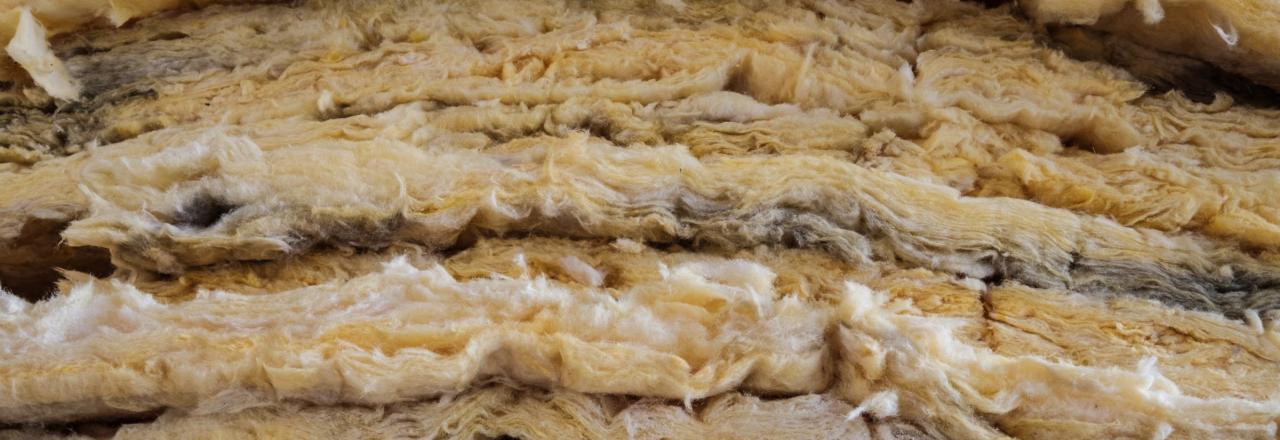- INSULATION & WEATHERIZATION »
- HVAC & IAQ »
- ELECTRICAL & PLUMBING »
- ENERGY & BUILDING SERVICES »

April 14, 2021
You rarely see it, there are no light-up indicators on your thermostat to let you know when it is low or damaged, and chances are it was all installed before you moved into your home. So, how can you know when your insulation has lapsed or deteriorated, and what are the effects of a poorly insulated home here in Southern California?
Signs of Bad Insulation: What to Look Out For
Traditional fiberglass insulation, on a superficial level, may look like a jacket that keeps your home warm. But the truth is, insulation can keep your home nice and cool, too. Insulation slows down the heat that wants to transfer between the building materials that make up the construction of your home. In the winter, that means keeping the heat from your furnace inside your living space, and in the summer that means stopping the sun’s rays from infiltrating through your roof, attic, and walls.
As insulation becomes damaged or deteriorates and ages, there are a number of symptoms you might experience, such as:
Indoor drafts
Rising energy bills
Inconsistent room-to-room temperatures
Moisture issues & pest infestations
Poor insulation will force your heating and cooling system to work harder, which will increase your energy costs (on top of already unpredictable energy prices). Temperatures in rooms with poor insulation may be inconsistent with the other areas of the home, which will cause the warmer temperatures of certain rooms to rush toward colder areas. This is why you may be feeling indoor drafts!
On top of all this, your insulation is an attractive home for moisture, pests, and rodents. If you’ve noticed a musty smell, an increase in animal droppings, or noises coming from your walls or attic, that can indicate you have a pest problem that needs to be addressed before you update your insulation!
Replacing Your Old Insulation
Even for homeowners that aren’t sure if they should be replacing their insulation, we commonly get the question, “How often should attic insulation be replaced?” If you are experiencing any of the symptoms we listed above, the answer is probably “as soon as possible”. However, if it has been ten years or more since your insulation was last updated, you could stand to benefit from attic insulation removal and replacement, as well as work done in your existing walls.
Energy codes have changed since 2009, and even if your insulation hasn’t deteriorated per se, getting your insulation up to the latest standards can provide year round benefits.
Not Sure What Your Insulation Situation Is? Call Greencat.
If you’re worried you don’t have enough insulation in the attic, but aren’t sure how to properly diagnose your home comfort issues, the home performance Jedis at Greencat are here to help. Using the latest in building performance science, and diagnostic technology aimed at locating the areas in your home where insulation is needed, we can get you the answers you need.
Through our professional energy audit that we call an energy assessment, we can pinpoint what is affecting your home comfort, and recommend the best insulation for the attic based on your results. We even offer financing!
